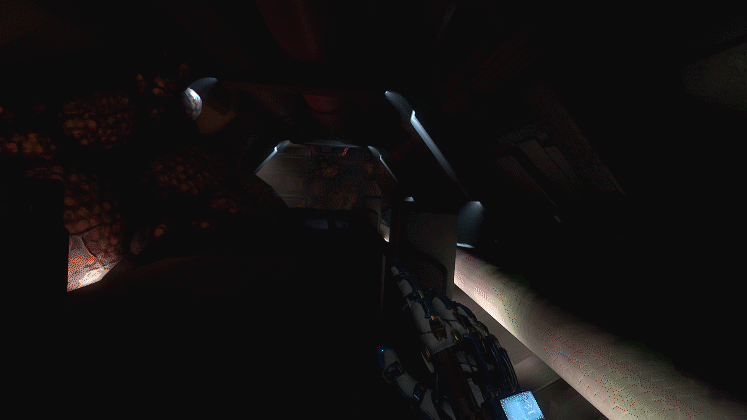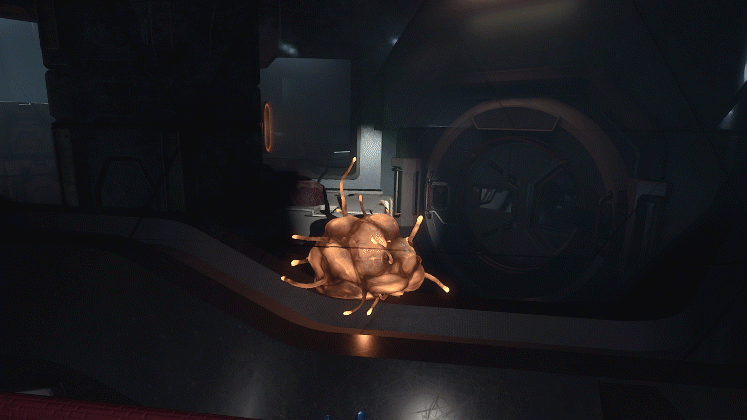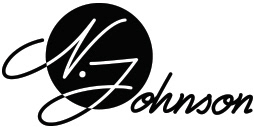OCULUS | LONE ECHO II
As a tools engineer embedded with the art team, I focused on optimizing environment and character workflows by building tools to support faster iteration. Working within the constraints of real-time VR, I helped the team maintain high visual fidelity while developing a large-scale, modular space station environment.
PROCESS
Lone Echo II expanded significantly in scale, making it essential to maintain high visual fidelity while optimizing performance across larger, more explorable environments. The game’s intuitive zero-G movement system—where players could push and grab their way through space—created a seamless sense of freedom and immersion.
Because players could move freely through large, asset-dense environments, the game demanded careful optimization to keep frame rates stable without sacrificing visual fidelity.
To support more efficient material workflows, I collaborated with our Lead Environment Artist to create a Texture & Material Dependency system in Maya, with Python-driven automation in Substance Designer. The system included the following features:
Because players could move freely through large, asset-dense environments, the game demanded careful optimization to keep frame rates stable without sacrificing visual fidelity.
To support more efficient material workflows, I collaborated with our Lead Environment Artist to create a Texture & Material Dependency system in Maya, with Python-driven automation in Substance Designer. The system included the following features:
• Material Composite System – Visually complex materials were "baked" into single texture sets, reducing draw calls and memory usage.
• Automated Substance Asset Refresh – A dynamic system maintained shared materials automatically, ensuring consistency and minimizing redundancy.
• LOD Tiering Based on Texel Density & Polygon Statistics – Level of Detail (LOD) ranges were calculated dynamically to balance visual fidelity and performance.
• Complex Mesh Consolidation – Custom tooling for merging intricate meshes into optimized low-resolution and distance vista assets for rendering efficiency.
• Substance Plugins – Custom plugins enabled streamlined texture import/export with validation checks for engine integration.
• Automated Substance Asset Refresh – A dynamic system maintained shared materials automatically, ensuring consistency and minimizing redundancy.
• LOD Tiering Based on Texel Density & Polygon Statistics – Level of Detail (LOD) ranges were calculated dynamically to balance visual fidelity and performance.
• Complex Mesh Consolidation – Custom tooling for merging intricate meshes into optimized low-resolution and distance vista assets for rendering efficiency.
• Substance Plugins – Custom plugins enabled streamlined texture import/export with validation checks for engine integration.
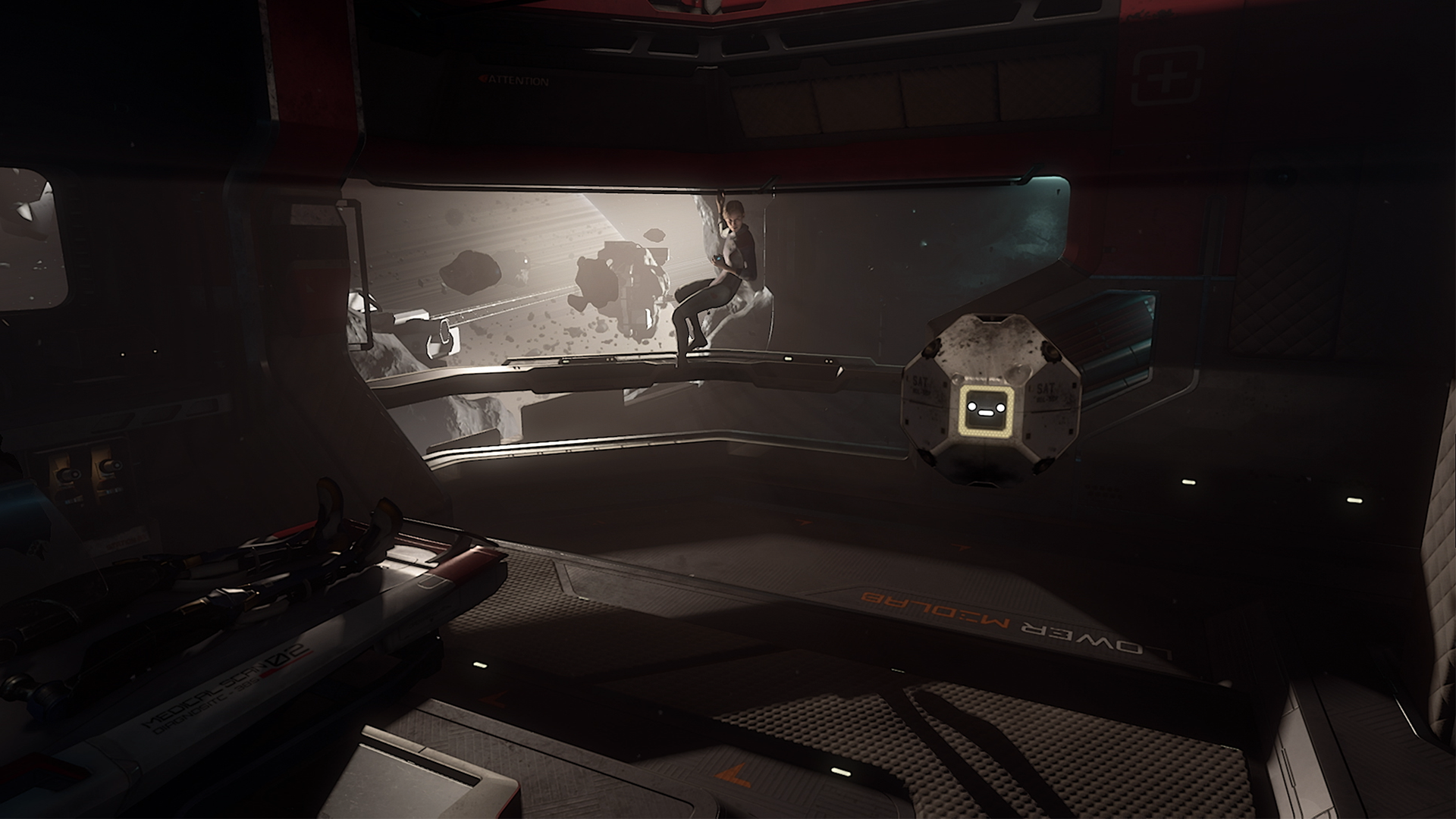
Lone Echo 2 In-Game Capture
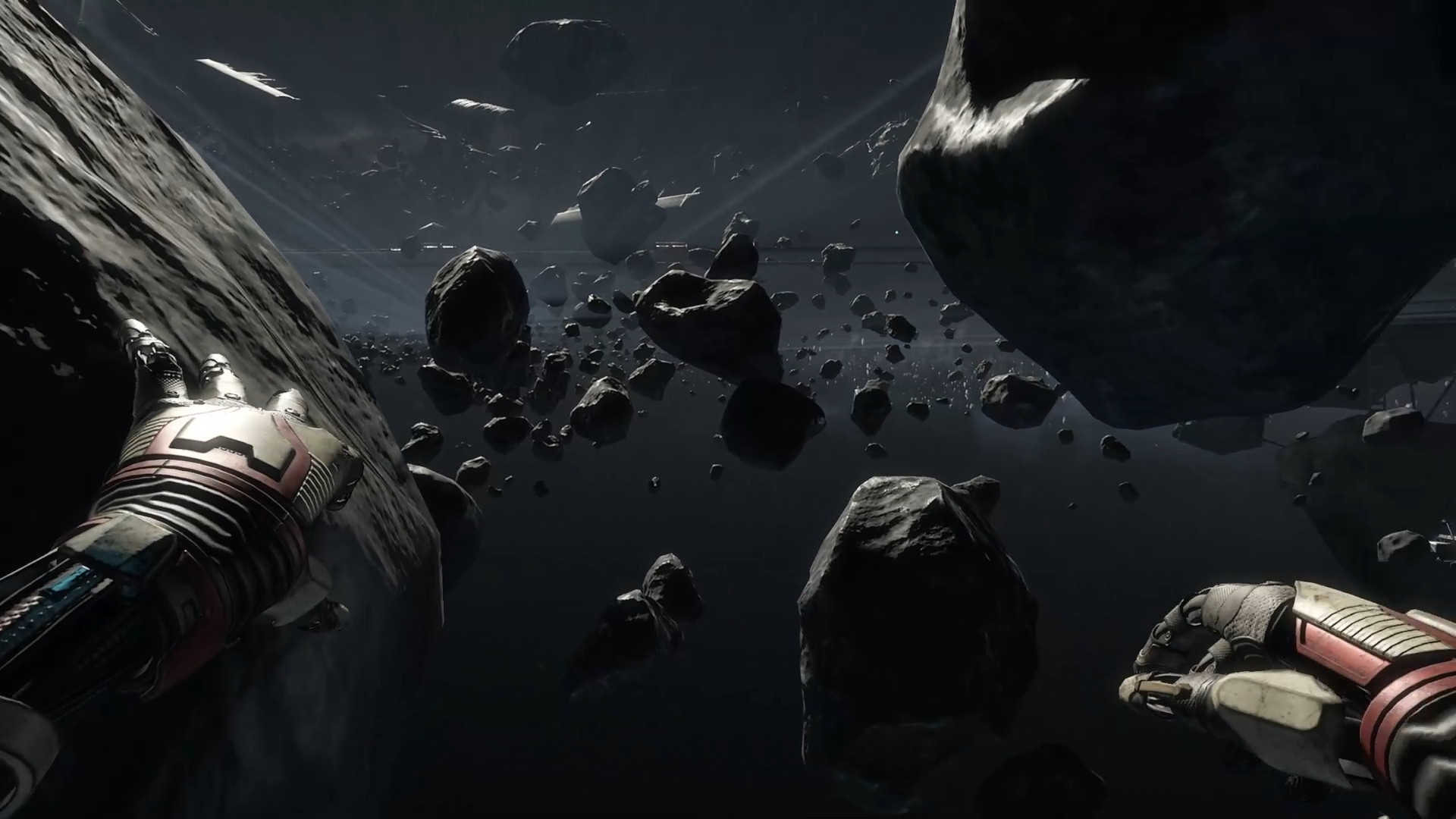
Lone Echo 2 In-Game Capture
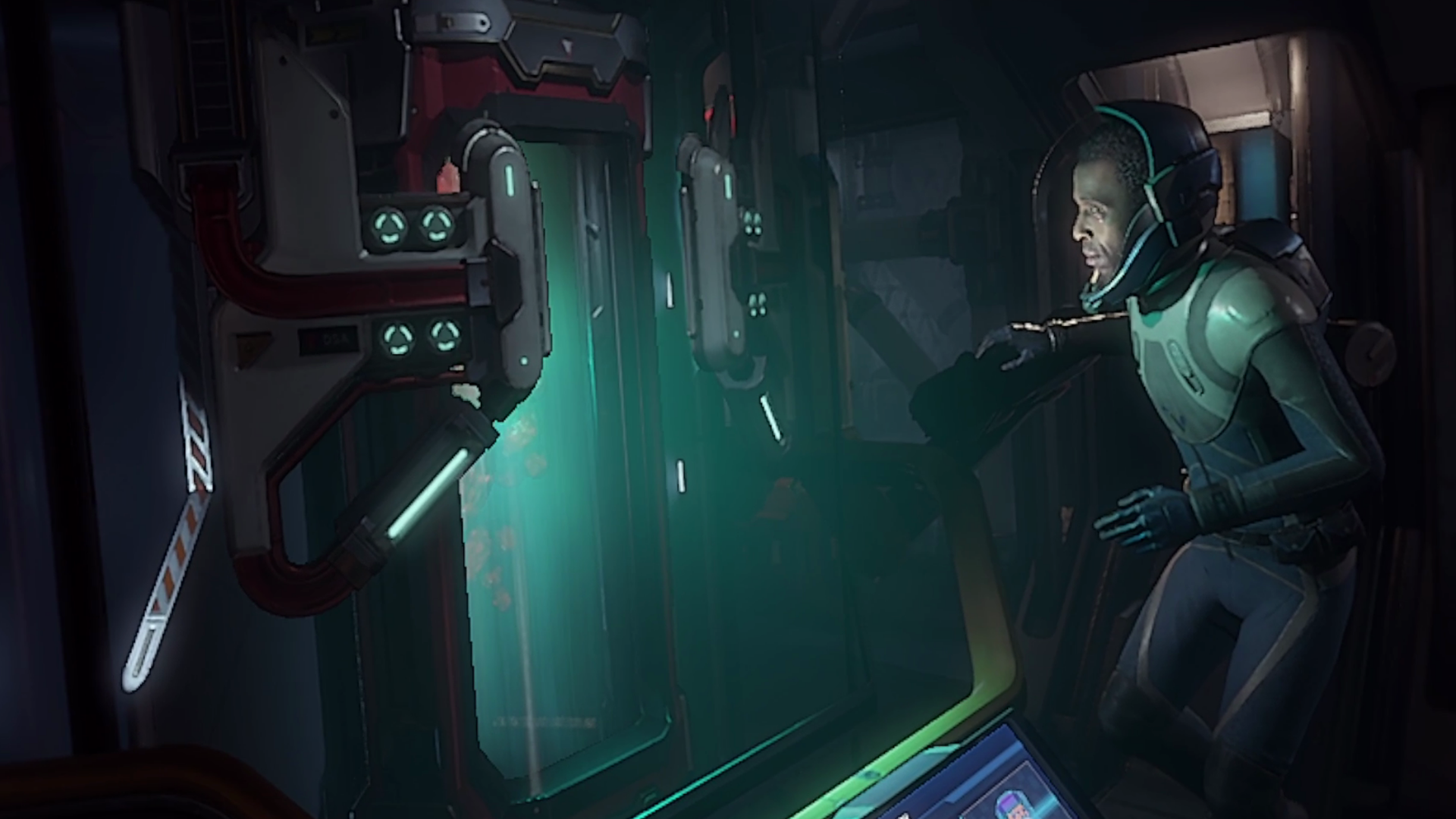
Lone Echo 2 In-Game Capture
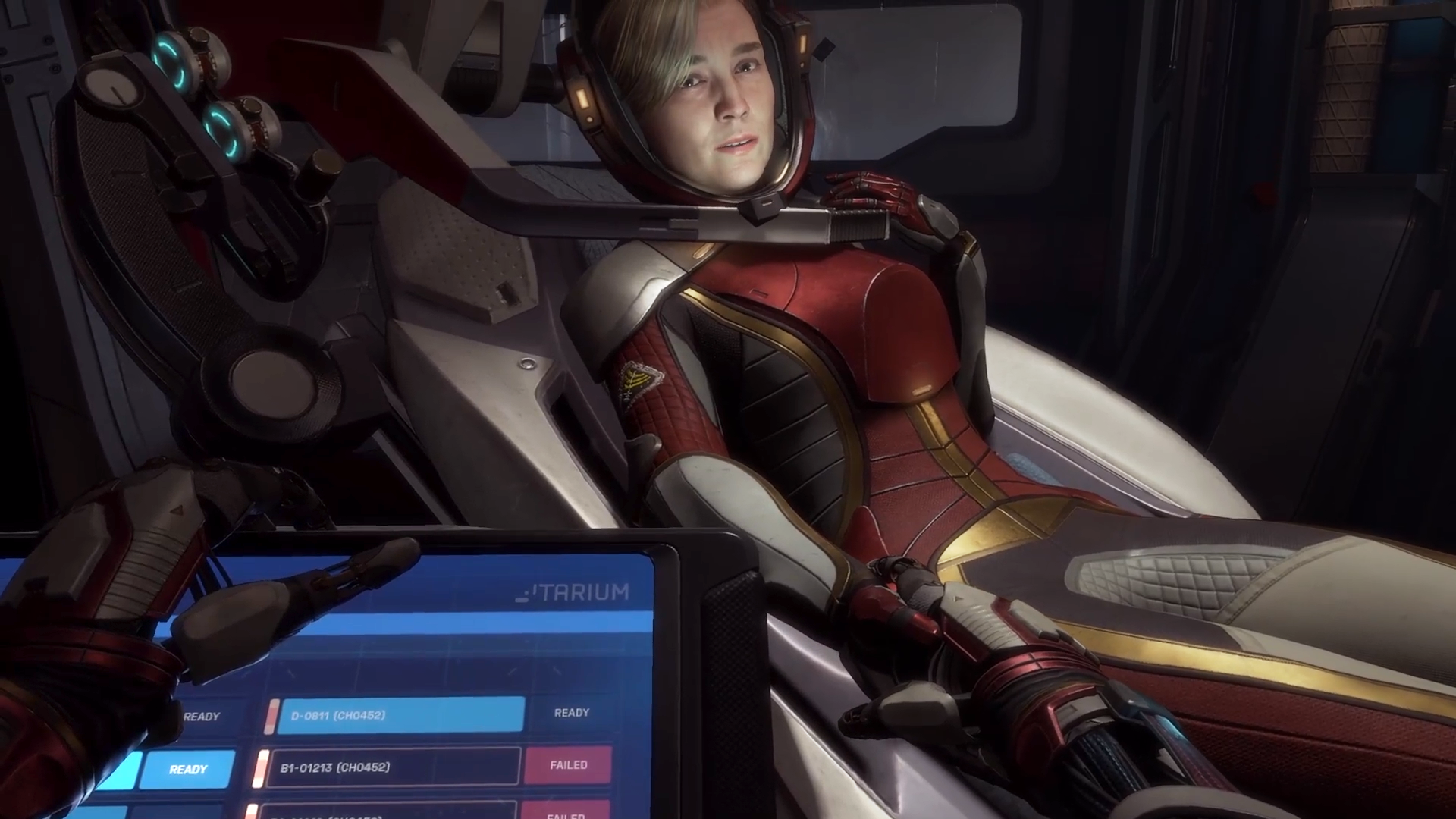
Lone Echo 2 In-Game Capture
